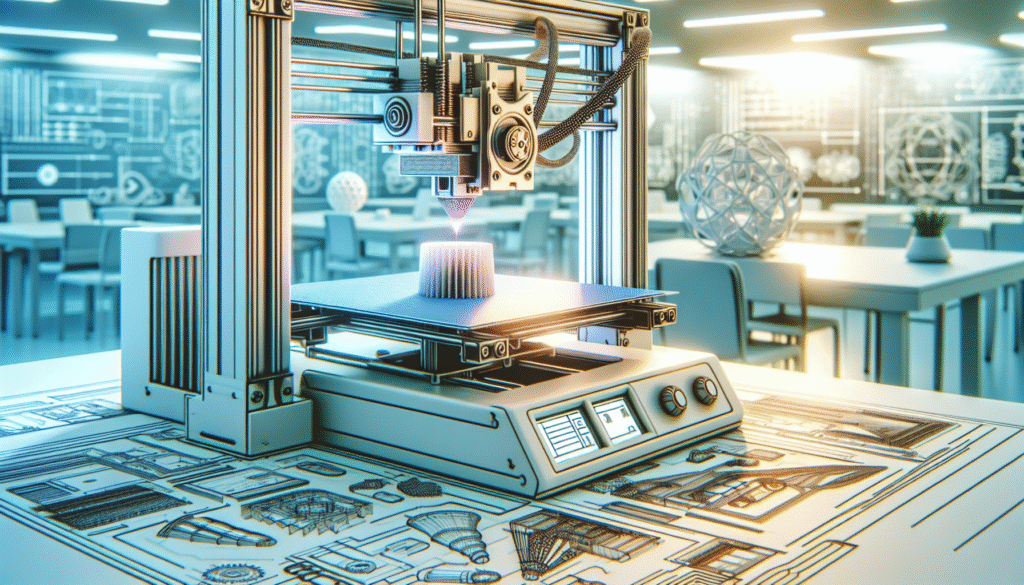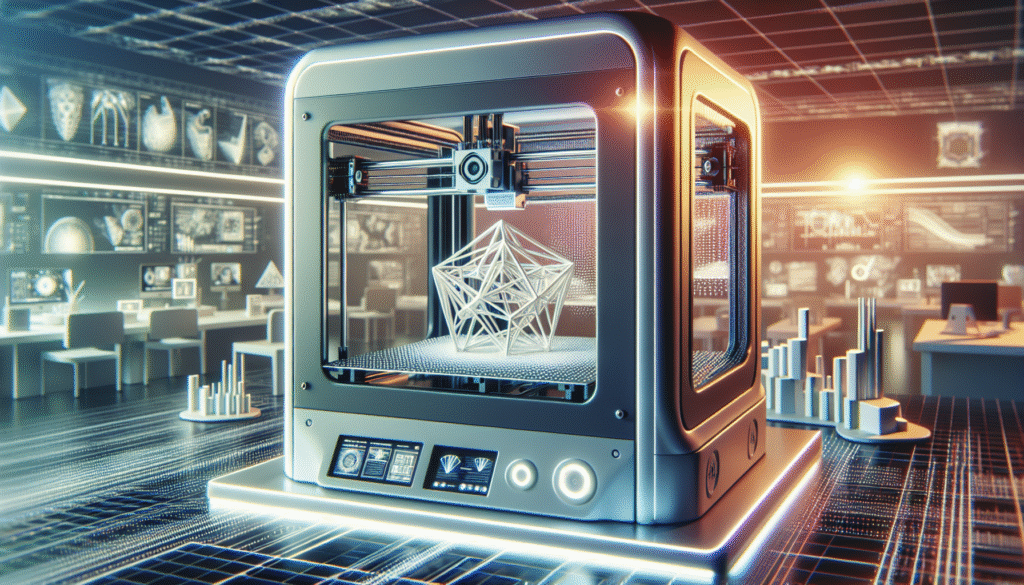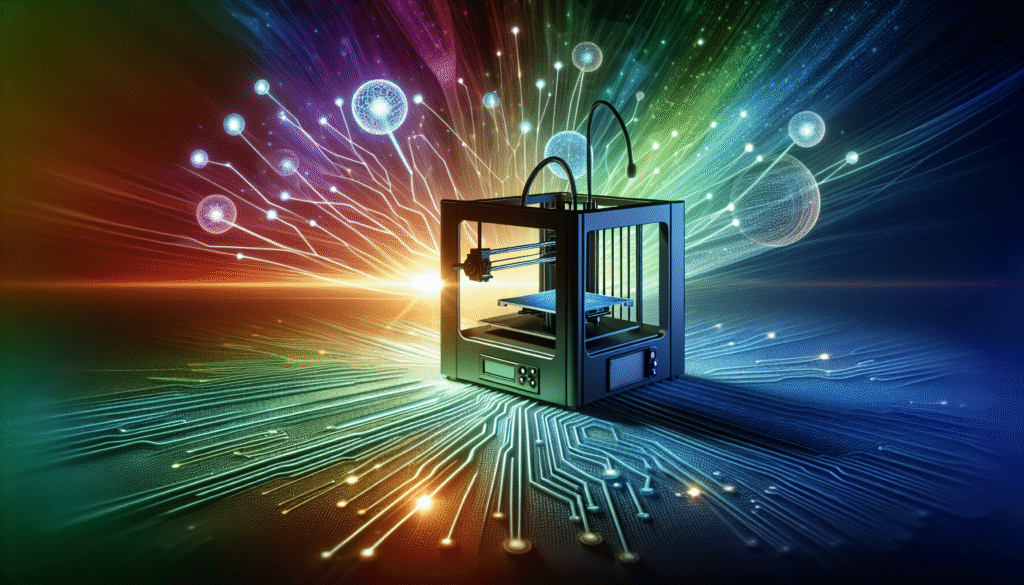Have you ever wondered how the cars of the future will be made? It’s no secret that the automotive industry continuously evolves, but did you know that 3D printing is steering this transformation in exciting and unprecedented ways? Once a novelty for hobbyists and a niche group of engineers, 3D printing in the automotive sector is now a driving force, capturing the imagination of car manufacturers across the globe.
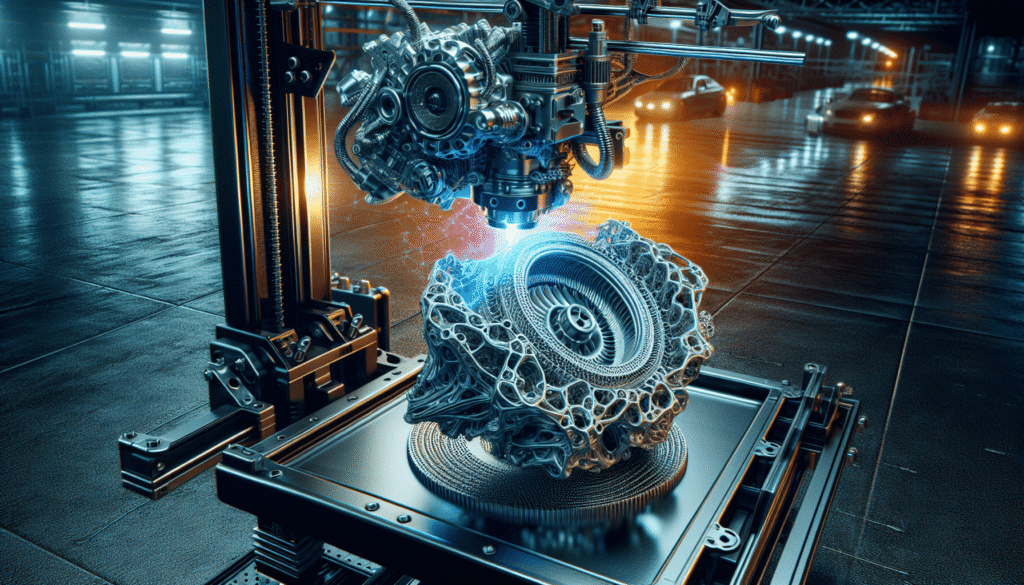
The Dawn of a New Era in Automotive Manufacturing
The emergence of 3D printing, often referred to as additive manufacturing, represents a tectonic shift in how we conceive, design, and produce vehicles. Think of a time when building a car required intricate molds and costly tooling. Remember those lengthy lead times? Not anymore! With 3D printing, the rules have changed, especially for those of us who long for efficiency as much as creativity.
Turning the Wheel: A Brief History
The concept of 3D printing began in the 1980s, but it wasn’t until recent years that its potential ignited the automotive world. What started with small prototypes has cascaded into full-blown production capabilities. By eliminating the constraints of traditional manufacturing processes, 3D printing has enabled innovation at unseen speeds.
The automobile industry cherishes speed and precision, and additive manufacturing provides both. Early adopters quickly realized they could produce complex parts with less material waste and greater speed. No longer were they shackled to the cumbersome traditional methods.
Rapid Prototyping: Shaping Ideas into Reality
One of the most exciting aspects of 3D printing is its ability to produce prototypes rapidly. Where traditional methods can take weeks or even months, 3D printing turns ideas into tangible objects in days. It’s like magic for designers and engineers. Need to see that new concept car fender? Print it overnight and evaluate it in the morning.
But it’s more than just speed. The precision and level of detail achievable with 3D printing make one-off prototypes practical. This capability allows for more testing and iteration without exorbitant costs. Engineers can immediately test and validate concepts, shortening product development cycles and facilitating innovation.
The Engine of Efficiency
The ecological and economic efficiencies offered by 3D printing in the automotive industry cannot be overstated. When you produce only what you need, waste dwindles. That’s music to the ears of both environmental advocates and cost-conscious manufacturers.
Lean Manufacturing: Reduced Waste
Traditional automotive manufacturing is resource-intensive, often producing excess material. 3D printing, however, promises a leaner approach. By building layers of material rather than cutting away from a larger block, additive manufacturing significantly reduces waste.
In the grand scheme of environmental impact, reducing waste isn’t just a box to check; it’s a commitment to sustainability and responsibility. This shift isn’t just visionary—it’s a necessary steering toward a greener planet.
Cost-Effectiveness: Cutting Costs Without Cutting Corners
The cost-effectiveness of 3D printing doesn’t solely rest on material savings. Consider the elimination of tooling costs and reduced storage requirements for parts. These economic advantages permit car manufacturers to allocate resources toward research and development, ultimately crafting better vehicles.
In automotive production, where every dollar counts, these savings turn kings’ ransoms into manageable investments. More money saved equals more money to invest into developing exciting new technologies, which brings me to the innovations captivating car manufacturers today.
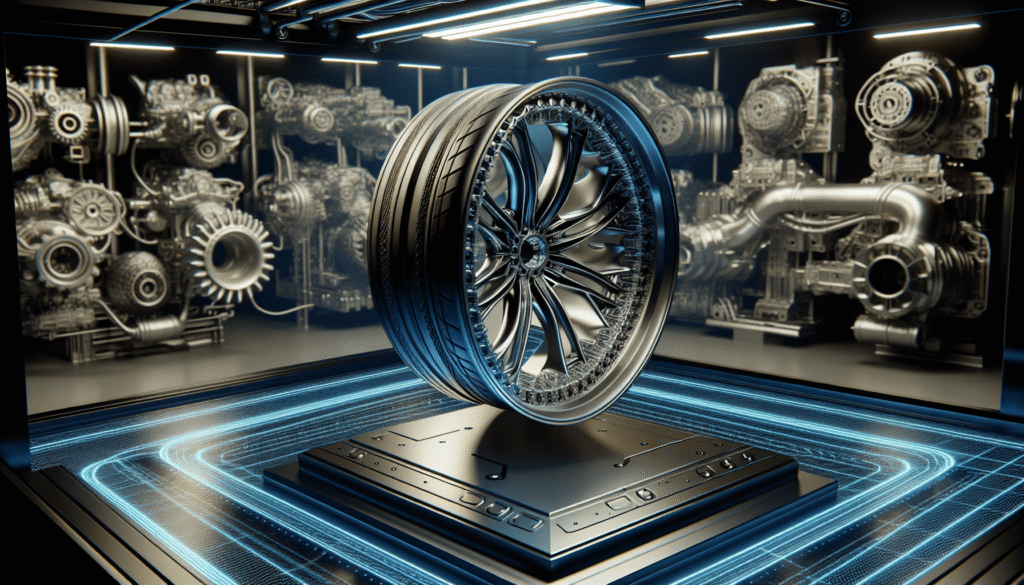
Embrace Innovation: Customization and Complexity
Who doesn’t love the idea of personalization or innovation that feels as if it emerged from a science fiction novel? In 3D printing, both customization and the capacity for intricate designs come standard.
The Customization Craze
The modern consumer relishes individuality. 3D printing facilitates a myriad of customizable options, from the dashboard’s layout to underlying mechanical components. When you think about it, today’s car isn’t just a vehicle; it’s an extension of personal style.
Mass customization, facilitated by 3D printing, bridges the gap between individual preference and mass production. Offering bespoke features without bottlenecking the production process signifies a harmonization of quality and efficiency.
Complexity Made Simple
From the lightweight structures that improve efficiency to the elaborate designs previously deemed impossible, 3D printing invites complexity. Car components that were once multifaceted puzzles of separate parts can now be printed as single, more robust pieces.
Consider a lattice structure—lightweight but strong. Optimizing under the constraints of traditional manufacturing might have verged on the impossible. With 3D printing, it’s simply a matter of digital design. The transition from blueprint to reality is as uncomplicated as pressing ‘print.’
Factory of the Future: From Concept to Road
The road doesn’t just lead to innovation; the road is innovation. As production lines around the world integrate 3D printing into their processes, the visions of car manufacturers grow bolder.
Hybrid Manufacturing: The Best of Both Worlds
3D printing doesn’t exist in a vacuum; rather, it thrives alongside conventional production methods. Hybrid manufacturing captures the strength of both additive and traditional processes, yielding amalgamations that outperform components produced purely by one technique.
It’s a collaboration, a coming together of old and new. The strategic integration considers both mass production’s requirements and the flexibility of 3D printing, optimizing production for both scale and innovation.
Automated Production Lines: A Symphony of Efficiency
3D printing aligns seamlessly with the drive toward automated production lines. Picture a network of robots and printers working in synergy, reducing NOT just the need for manual labor but also increasing the precision and repeatability of the manufacturing process.
Automation married with additive manufacturing minimizes human error and accelerates output. It’s not about replacing humans; it’s about enhancing human creativity and ingenuity on a production scale hitherto unknown.
Challenges on the Road to Adoption
Of course, no revolution is without its struggles. The road to widespread 3D printing adoption in automotive manufacturing is met with challenges worth addressing.
Material Limitations: A Palette in Progress
Despite the rapid advancements, the spectrum of materials suitable for 3D printing is still somewhat limited relative to traditional manufacturing. The development of durable, automotive-grade materials remains a priority and a focal point for ongoing research.
As the technology matures, so too will the available materials. Until that time, this remains an area ripe for innovation, waiting for pioneering efforts to unlock further possibilities.
Standardization and Regulation: Navigating New Terrain
Ensuring consistent quality across such a diverse range of production methods poses distinct challenges. From developing industry standards to meeting safety regulations, these hurdles require collaboration across industries and governments.
While the journey might be fraught with obstacles, the solutions promise to lay a robust foundation for the seamless integration of 3D printing across the automotive landscape.
Investment and Infrastructure: A Necessary Engine
The implementation of 3D printing into existing manufacturing processes requires significant investment—not just in the machines themselves, but in workforce training and infrastructure adaptation. Companies must assess whether the capital outlay aligns with their strategic goals.
The commitment to this transformative technology will dictate the industry’s trajectory, cementing a place for 3D printing as a mainstay of automotive manufacturing.
Racing Toward the Horizon
No discussion of 3D printing’s role in the automotive industry would be complete without acknowledging the fast pace of technological advancement. The burgeoning possibilities speak to a future where even more radical changes await.
Autonomous Vehicles: Printing the Way Forward
Additive manufacturing is poised to accelerate the development of the autonomous vehicles that many experts forecast will dominate future roads. As design flexibility and speed of iteration increase, autonomous vehicle concepts will mature from ideas to autonomous entities.
The capability to fine-tune prototypes accelerates progress, pushing the boundaries of what autonomous cars can achieve. Faster design cycles mean these vehicles will quickly learn to navigate the new roads of tomorrow.
The Electrification of Automotive Dreams
The future of 3D printing in the automotive industry is indelibly linked with the shift toward electric vehicles (EVs). The lightweight components enabled by additive manufacturing are vital to creating more efficient and affordable EV solutions.
Table: Benefits of 3D Printing in Electric Vehicles
| Feature | Description |
|---|---|
| Lightweight Structures | Enhances battery efficiency |
| Complex Geometry | Improves electric motor design |
| Simplified Production | Reduces manufacturing costs |
As car manufacturers pivot towards sustainability, 3D printing offers the tools necessary to mold the electric dream into a tangible reality.
Conclusion: An Ongoing Journey
The automotive industry’s embrace of 3D printing is a journey well worth observing. This integration is reshaping what we envision about vehicle design and production, fostering an era brimming with promise and potential. Despite the challenges, the progress made underscores a profound truth: the embrace of innovation fuels the future.
In contemplating the unfolding narrative of automotive 3D printing, one can’t help but feel excited for what the road ahead holds. While we may not predict the future with precision, we can be certain of one thing—the journey will be nothing short of extraordinary.
